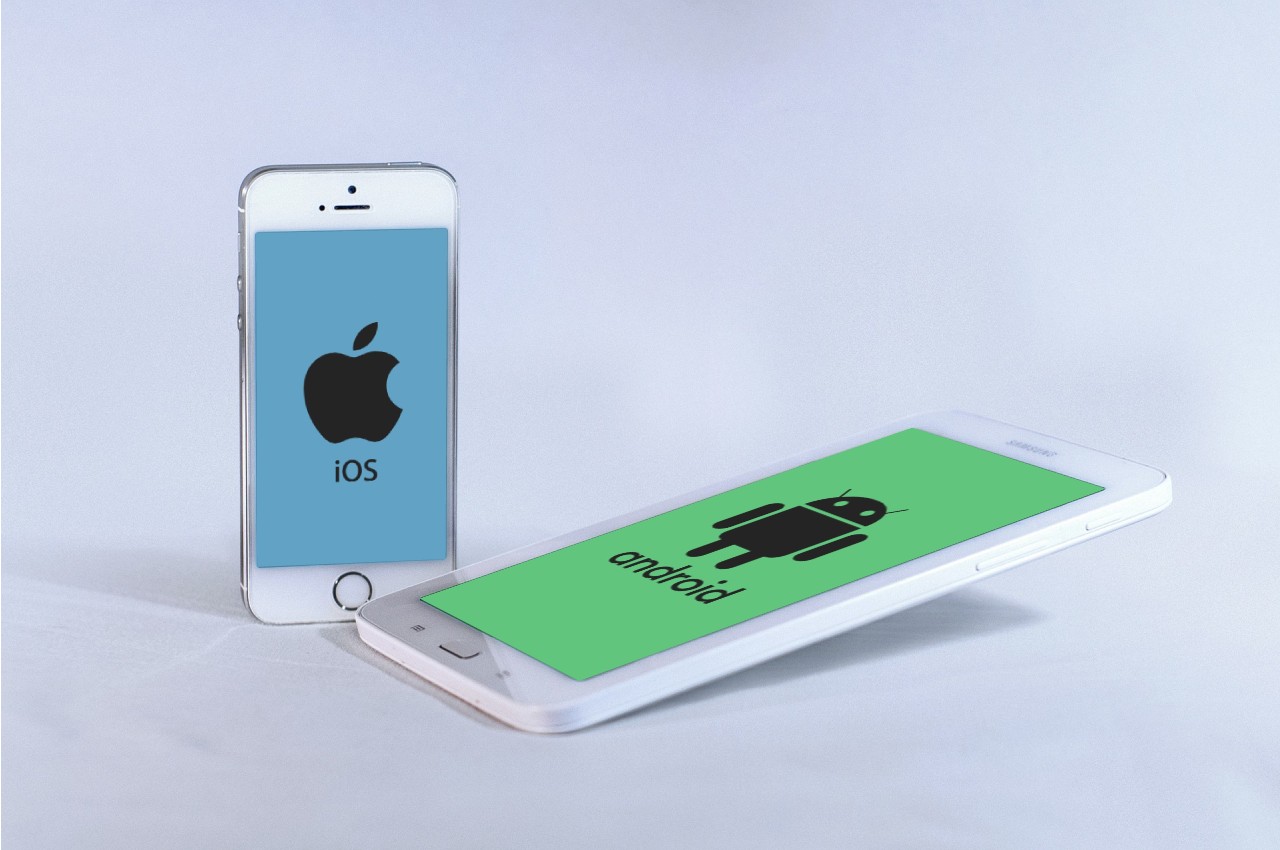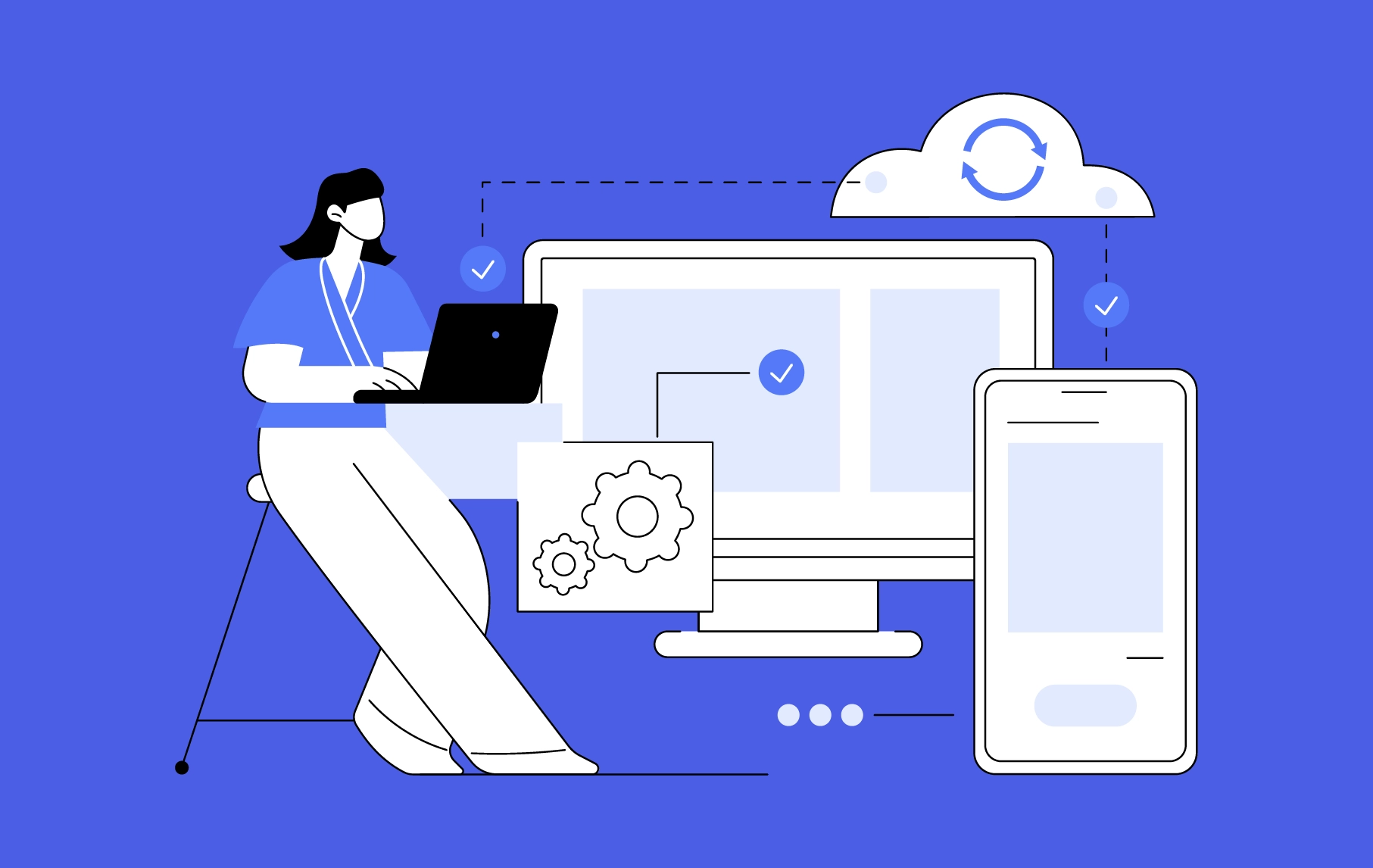Description
iOS and Android App Development refers to creating software applications designed to run on mobile devices powered by Apple’s iOS and Apple’s systems. This development process encompasses a variety of stages, including planning, design, coding, testing, and deployment, and requires a deep understanding of both platforms’ uniqplatforms’ments, user interfaces, and capabilities.
iOS App Development
iOS app development centers on Apple’s ecosystApple’slizing languages, such as Swift and Objective-C. Developers leverage Xcode, Apple’s integraApple’selopment environment (IDE), to build optimized applications for iPhones, iPads, and other Apple devices. The development process emphasizes adherence to Apple’s Human IApple’se Guidelines, ensuring that apps provide a consistent and intuitive user experience across the platform.
Key features of iOS development include integrating Apple’s framework services, such as Core Data for data management, UIKit for UI design, and CloudKit for cloud services. iOS apps can also harness the power of advanced technologies like augmented reality (AR) through ARKit and machine learning with Core ML. Once developed, apps are distributed through the Apple App Store, which requires compliance with strict review guidelines.
Android App Development
Android app development involves creating applications for devices that run on the Android operating system, which various manufacturers and device types use. Developers typically use Java or Kotlin as the primary programming languages and Android Studio as the official IDE. The Android development environment provides a flexible framework for building apps that can run on various screen sizes and device specifications.
Android development emphasizes adaptability, allowing developers to create applications that can function seamlessly across different devices, including smartphones, tablets, and wearables. Key features include access to Google Play Services for cloud-based functionalities, implementing Material Design principles for user interfaces, and integration with tools for notifications, location services, and in-app purchases. Apps are distributed through the Google Play Store and other app marketplaces, often with fewer restrictions than the Apple App Store.
Cross-Platform Development
In addition to native development for iOS and Android, cross-platform frameworks such as React Native, Flutter, and Xamarin allow developers to create applications that run on both platforms from a single codebase. This approach can significantly reduce development time and costs while maintaining a high level of performance and user experience.





Olanike –
“iOS & Android App Development is an exceptional software solution that has revolutionized our mobile app development process. Its user-friendly interface and comprehensive features have enabled our team to create high-quality apps with ease and efficiency. The ability to seamlessly integrate backend services and manage multiple projects simultaneously has significantly streamlined our workflow. We highly recommend this solution to any business looking to swiftly and effectively develop robust mobile applications.”
Sabo –
“iOS & Android App Development is an outstanding software solution that empowers us to build cutting-edge mobile applications with ease. Its intuitive interface and comprehensive features have accelerated our development process significantly. The ability to create tailored apps for both iOS and Android platforms has enabled us to cater to a wider user base, expanding our market reach and driving business growth. We wholeheartedly recommend iOS & Android App Development to anyone seeking a robust and user-friendly solution for app development.”